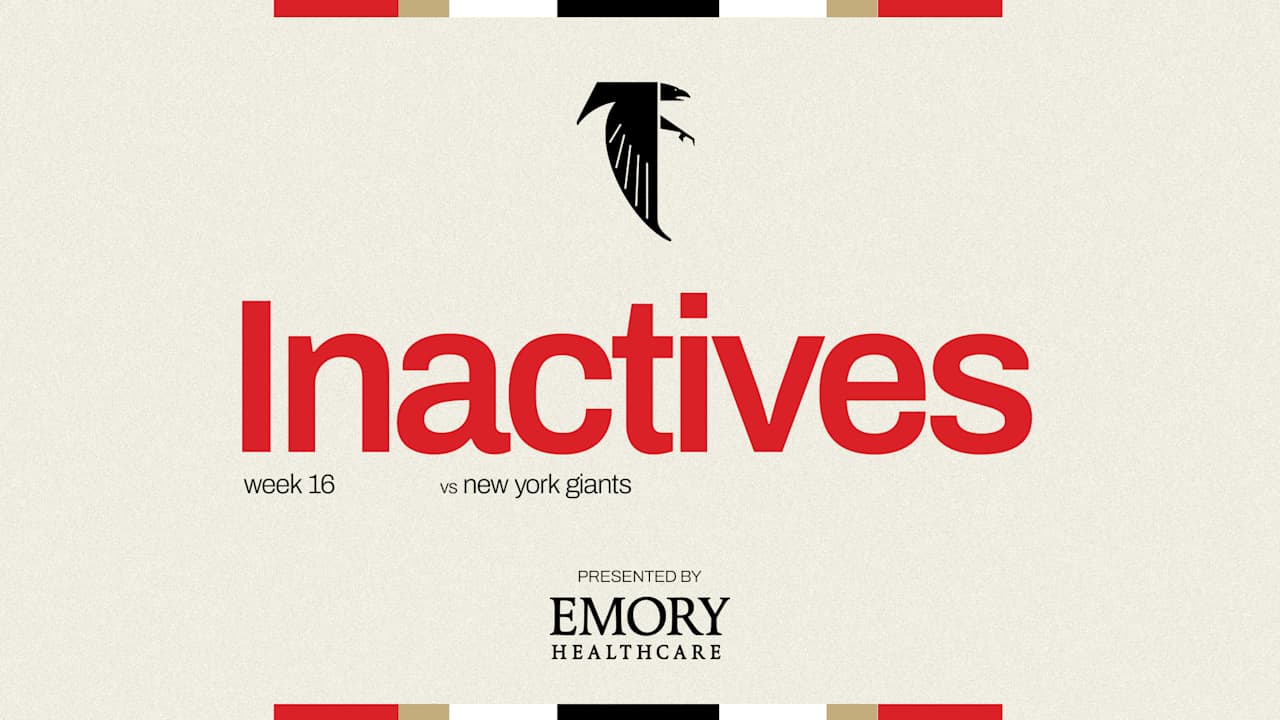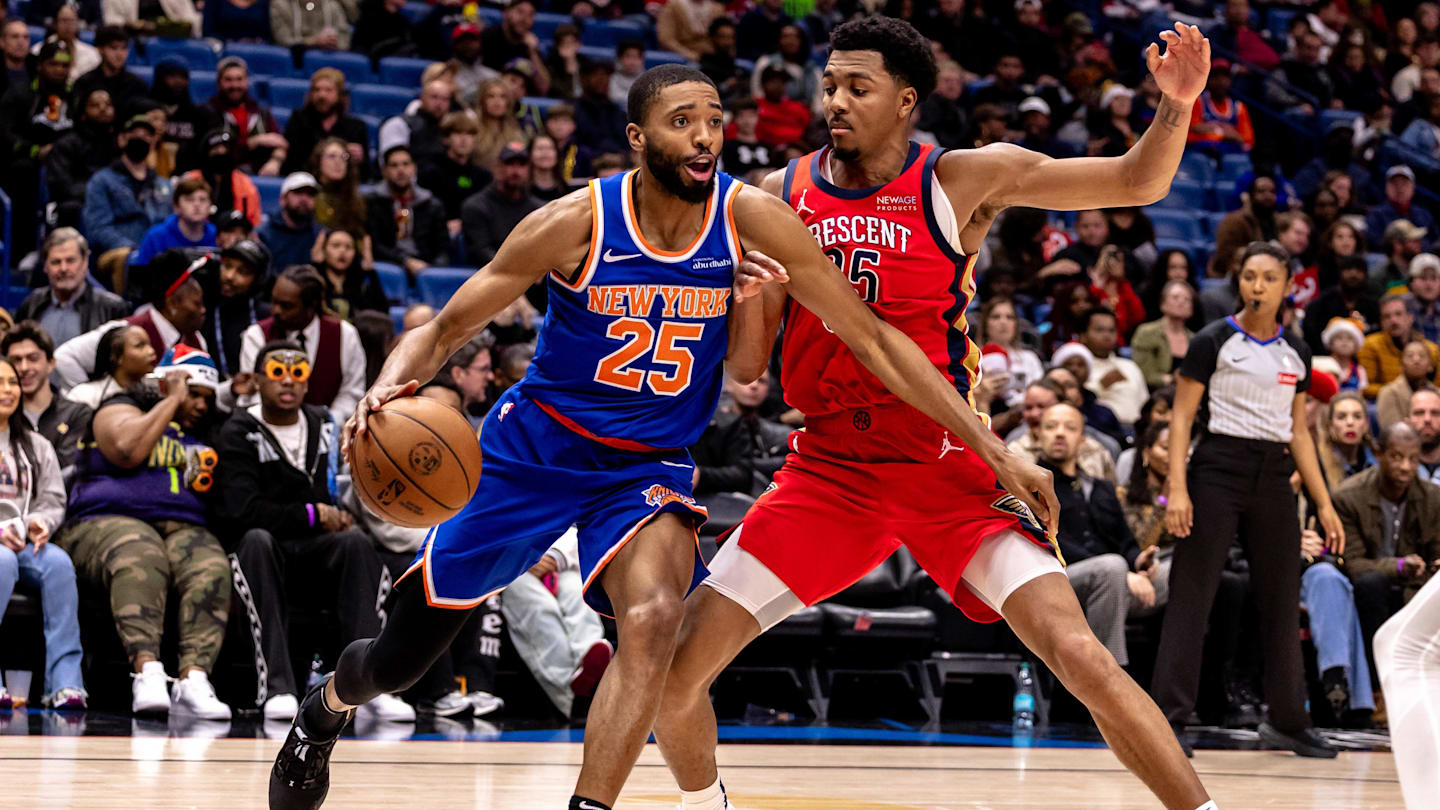Fashion
Exclusive: Rebecca Minkoff on Joining ‘The Real Housewives of New York City’

I expected Rebecca Minkoff to be weirder. After the announcement that the fashion mogul-cum-social activist would be joining The Real Housewives of New York City, I felt certain that Bravo was courting a bread-and-butter eccentric type who might add some zhuzh to the cast entering its sophomore outing on the beloved reality TV series. The Housewives behemoth (which spans nine American franchises in some state of production) is, after all, known for exploring what happens when a group of self-possessed women move through the world, and toward one another, with blustering moxie as their primary fuel source. It’s Mad Max in its propensity for conflict, but with diamond-studded Miu Miu poplin shirts as the weapon of choice. It manages to repeatedly generate friction and smooth it over with the promise of a resolution, even if done through clenched teeth. Surely Rebecca Minkoff, a staple of the New York City style scene of the early aughts, whose brand first skyrocketed in popularity thanks to a fortuitous Jenna Elfman appearance on The Tonight Show with Jay Leno in 2001, would fit in well here. That’s, of course, the hope and the gamble.
In person, Minkoff appears in pointed contrast to RHONY’s proclivity for ostentatious displays of wealth. Perhaps for that reason, she will star as a “friend” of the housewives, rather than a housewife herself. She’s wearing a vintage Pearl Jam T-shirt (“I have a rule that I’ll only wear a band shirt if I like the band”), studded jeans, and studded Birkenstocks to match. She embodies what I imagine the Olsen twins would have aged into if they had kept the boho-chic aesthetic instead of ditching it for stealth wealth. “I have a mischievous side, but it’s never mean-spirited, and I don’t take myself that seriously,” she tells me. “I think people see ‘NYC designer, perfect Instagram imagery,’ but I’m really how you see me now: relaxed, casual. I love to have fun, and I love to laugh.”
We’re seated at a long table in her showroom in midtown Manhattan, a stone’s throw from Bryant Park, surrounded by rows and rows of shoes, bags, and other accessories that convey a business on the upswing from the economic fallout of the pandemic in 2020. “Pre-COVID, we were approaching $70 million in sales, and I watched 70 percent of that evaporate,” Minkoff says. The alluring incentive of brand exposure makes a lot of sense for a company that, as she says, was “barely making it through” during the pandemic. Now, as her namesake label approaches its 20th anniversary this spring, she’s looking to reframe the conversation. Sure, she’s got the book, the podcast, and a devoted legion of influencers behind her moto belt, but the show presents the chance to highlight the other side of her. “Why wouldn’t I take that opportunity, as a business decision, to say, ‘Let’s get back in front of my customer and regrow [the brand] back to its glory?’” And what better megaphone than Housewives, which, for a certain set, is practically a litmus test for staying relevant?
Minkoff is no stranger to Bravo, having styled Heidi Klum for the first season of Project Runway and Padma Lakshmi for Top Chef, experiences she wrote about in her 2021 book Fearless: The New Rules for Unlocking Creativity, Courage, and Success. She went on to appear as a guest judge on several episodes of Project Runway as well. This is familiar territory, then—a homecoming, in a sense. But Minkoff’s pronouncement that “as a proponent of women…I [am] not interested in getting into messy, crazy drama” attitude might explain why fellow housewife Sai De Silva got caught on a hot mic this past May calling Minkoff “boring”—the second-worst thing you can call a housewife, after “dirty low-down monkey with a wig on.” Minkoff references last season’s “cheese-gate”—a minor kerfuffle over a charcuterie board—as the kind of theatrics she doesn’t mind participating in, stressing that she was particular about what she’d wade into.
“When thinking about it, I was like, ‘The only way I can do this is by being me,’” she says. “And if no one likes that, then I get voted off the island. I have to go in there holding true to everything I’ve built, otherwise I look like a fraud on both sides, and you don’t know who I am and you lose trust. It is not lost on me that there’s a huge irony in that, but I think there’s a way to play in that, too. You’ve met my friends [on the show] who have things to fight about. Do you need another person doing that? Or would it be nice to have someone being like, ‘Can’t we all just get along?’” That’s all well and good, but this is a show predicated on conflict and tension. So why cast her? “It’s all fake,” a former Minkoff employee told Air Mail in June of this year, in reference to how she presents herself as a designer. And thus the intrigue (and contradiction?) of the woman behind the brand. Two diverging roads: You pick which one to go down.
At first glance, she’s an unusual hire for the franchise. Minkoff is, after all, a well-known creative, having landed on Fortune’s 40 Under 40 list a decade ago, the same year that her company surpassed $100 million in sales. Her bags were an early-aughts staple, papped ad nauseam in images of Lindsay Lohan, Halle Berry, and more carrying the bag around town. Blake Lively even toted one while filming Gossip Girl. Minkoff’s presence on the show feels…random. But when you look at the pedigree, it’s actually quite formulaic. Carole Radziwill, a cast member on RHONY for six seasons, was a New York Times best-selling author before joining the show; Eileen Davidson, who starred on Beverly Hills for three seasons, had won two Daytime Emmy Awards before that.
And then there’s Minkoff’s co-star, Jenna Lyons, who kick-started a new chapter of her career, a false-lash brand called LoveSeen, thanks to the show’s exposure. (“We saw growth of about 400 percent,” she told Glossy.) That, Minkoff is the first to admit, was an incentivizing factor in agreeing to do the show. But there’s also the curiosity about the unknown. “I said to my husband the day I signed on, ‘I can predict our life if we don’t do this, but I can’t predict our life if we do, and that’s exciting.’” His response: “You’re fucking crazy…but okay.”
On paper, Minkoff’s story actually feels quite Housewives-coded. She moved to New York City with no money or college degree and found a low-paying internship at Craig Taylor, a small clothing company, and began to slowly work her way up the ladder. She’s both a successful entrepreneur and a mother of four, plus she has the name recognition to make her, upon examination, exactly the kind of person you’d cast on this show, especially as the series works to cement its status as a successful reboot. (The show, which began airing in 2008, went dark in September 2021 after 13 seasons, only to return nearly two years later, in 2023, with an entirely new cast—a first for the franchise.)
Minkoff was born in San Diego, California, the daughter of David Minkoff, an MD, and self-described “alternative health care expert,” and Sue Minkoff, a nurse. “I thought I was going to be there my whole life, as a little surfer.” The family, including Rebecca’s two brothers, relocated to Clearwater, Florida, in 1989, where her father was planning to take a sabbatical from his pediatric business. But, she says, after “one pivotal trip back to San Diego,” where her brother’s friends were starting to get into drugs, her parents decided to stick it out in Clearwater—where there was “nothing happening but old people and the beach.” Growing up, Scientology, or her “applied religious philosophy,” as she calls it, has helped her “deal with the stress of the industry, with being better at communicating, and dealing with difficult personalities. It starts and ends there for me,” she says. Pressed about why she thinks there’s so much fascination with celebrity Scientologists, she offers this: “Judaism is nearly 4,000 years old, Christianity around 2,000 years, so look at what it took for those to become established…[Scientology] is new. And I think new breeds curiosity and misconception, and that’s why I can only tell you what I’ve gotten out of it, which is a source of stress relief.” Although Scientology has been the subject of public interest and controversy over the years, Housewives, Minkoff mentions, is not the arena where she felt inclined to share more on this.
But back to the origin story! It was during her early days in Clearwater that Minkoff took up sewing, even going on to make her own Bat Mitzvah dress. It’s a somewhat familiar refrain in the fashion industry (her co-star Lyons has a similar story): A young woman can’t find clothes that fit her, so she tries making her own. Minkoff graduated from high school without a clear path forward, and then destiny intervened. As she tells it, her brother came home one day with the phone number of Craig Taylor, a designer he’d met at a party. She called the next day. “What do you know how to do? Can you be here in October? We pay $3.25 an hour.” She moved to New York City in 1999 and lived with a gay friend of hers. Every night after 10 P.M., he’d sneak her into the Fordham University dorms when security wasn’t looking so that she had a place to stay.
She knew nothing about business (“I was terrible at it”) but possessed a palpable level of talent, enthusiasm, and drive. She was assigned to shipping in the beginning (“I was pissed”), but then-CEO Christina Kumi Kimball insisted she work in every area of the company so that she could understand how all the departments worked together. Shortly thereafter, she was “cutting swatches, calling stores, making appointments, and working with the graphics team.” Over time, she started designing her own items. It was here that Minkoff devised her now-iconic ripped “I Heart NY” shirt, which she eventually gifted to her sister-in-law’s friend, Elfman, at the actress’s behest. Elfman’s appearance on Leno spurred initial interest in the Minkoff brand, but it was the ubiquity of the Morning After Bag, a canvas-with-leather-trim tote meant to hold all of your belongings for an impromptu sleepover, that made Minkoff a household name.
When blogs began dominating the cultural conversation, things really started to take off. It was there that Minkoff was able to communicate with her customers, both established and prospective. “These women would say, ‘We want you to bring back the purple bag with the zipper, blah blah blah.’ I’d say, ‘Great, give me your credit card.’ They would email me their credit card numbers. I would run them and go up to 39th Street, where my factory was, and say, ‘All right, we’ve got [orders for] 20 more bags.’ Not only was it access for me, but it was the conversation and community. That made a very strong relationship with my customer early on. [The Morning After Bag is] what got us through the recession. The amount of individual orders with those same women, with me asking, ‘What do you want now?’”
Minkoff credits her brother, Uri, the co-founder of the business, with helping her turn her talent into a profitable brand. “It’s a different language than you’re used to, and if you don’t learn it, you will be dead in the water,” he told her. She was annoyed with him for criticizing her creativity in the moment, but looking back, she’s glad she didn’t allow her sensitivity to curtail growth. By 2005, the label was officially founded. Four years later, in 2009, the brand launched ready-to-wear and began showing at New York Fashion Week. But the pinnacle? The seemingly absurd decision to drop prices. Coming out of the financial crisis, Minkoff knew from speaking to her long-loyal customers that they could no longer afford the bags. “We thought, ‘We’re going to make more and go back to our factories and renegotiate once we have the volume.’” They waited “three long, scary months” to see if the risk would pay off. It did. After prices decreased by $100 per product, and the maximum price for a clutch was capped at $195, Rebecca Minkoff experienced over 500 percent growth over the next three years and a strong retention rate among its customers.
In the ensuing years, Rebecca Minkoff developed a reputation for embracing technology: in 2013, she used Snapchat to debut some of her runway looks before any of her competitors and opened the “store of the future” in 2014, which featured smart mirrors in fitting rooms (a partnership with eBay) and self-checkout. Then COVID happened, and the label took an enormous hit before being sold, in 2022, to Sunrise Brands, a diversified apparel company, for a price estimated at between $13 million and $19 million, according to Women’s Wear Daily (Minkoff remains chief creative officer). Now, amid a vastly different fashion landscape, Minkoff is working to cater to a customer’s ever-evolving demands. The label made its Crypto Fashion Week debut (yes, that was a real thing) in 2021, showing a 15-piece NFT line of clothes and accessories, and briefly joined OnlyFans that same year to share exclusive behind-the-scenes brand content.
Minkoff seems most comfortable when she’s doling out career advice. “You’re setting yourself up for failure if you think you can have a career over one year that really takes over 10. It might take fucking 20,” she says. Her conviction in offering wisdom through the lens of a woman who’s accomplished so much makes it easy to understand how she grew her audience, and why her business has lasted at a time when so many of her contemporaries have shuttered or been scooped up by luxury conglomerates.
The question now becomes: Can Minkoff grow her audience even more via the coveted Housewives effect? Time will surely tell. But beyond the business opportunity, she’s also exposing herself to the scrutiny that’s a hallmark of the franchise. Does she worry that the show will open up her life to criticism from an audience known for foaming at the mouth over “receipts, proof, timeline, and screenshots”? “Every day,” Minkoff says. “Whether it’s the buyer or the reviews, there are these moments where people can attack you. And it’s just like, ‘Throw another shrimp on that barbie.’” In a sign that she’ll do well on the show, Minkoff throws out what could easily be workshopped into a housewife tagline: “I’ve had to develop very thick skin. Good thing I’m in the leather business.”
Hair by Brandon McHie; makeup by Cat Mignano.

Deemed “the most valuable hype man in the history of television” by Mike White, “the pop culture chronicler” by GQ and “you funny” by Channing Tatum over Instagram DM, Evan Ross Katz is a writer, podcast host, and cultural commentator whose work has been published in dozens of publications including British Vogue, GQ, Harper’s Bazaar, Interview Magazine, and Rolling Stone. He is a contributor at New York Magazine’s The Cut and author of the book Into Every Generation a Slayer Is Born: How Buffy Staked Our Hearts. He was named one of Fast Company’s Most Creative People in Business and one of the “50 Reasons We (Still) Love Hollywood” by The Hollywood Reporter.
















